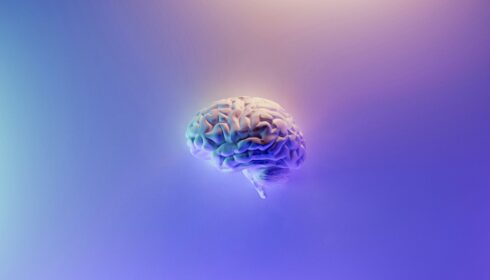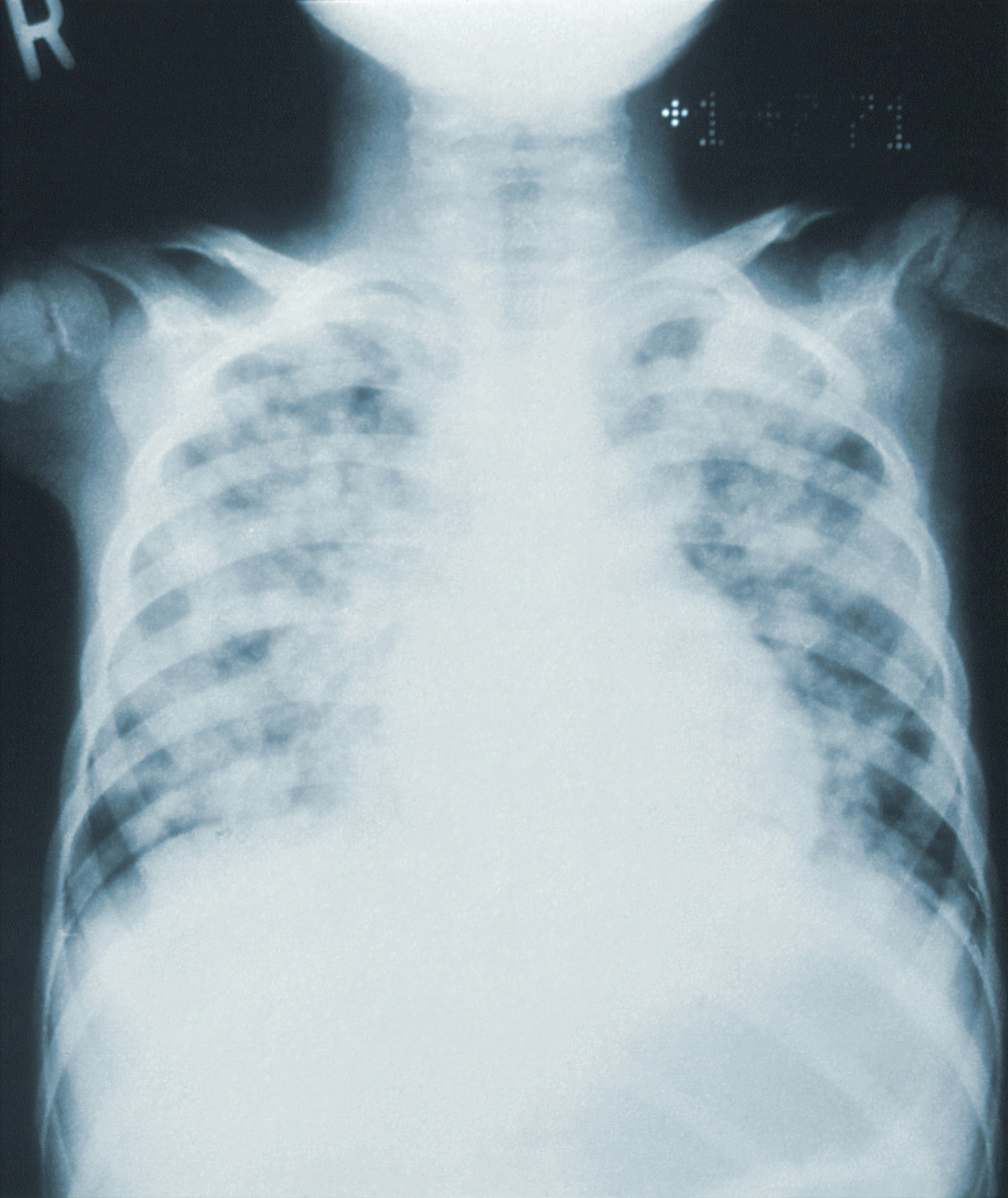PRESERVE

Outcomes after Angiography with Sodium Bicarbonate and Acetylcysteine
Steven D. Weisbord. New England Journal of Medicine; November 2017; doi:10.1056/NEJMoa1710933
Clinical Question
- In high-risk patients undergoing angiography, does the administration of bicarbonate and/or acetylcysteine, compared with placebo, prevent major adverse events and acute kidney injury?
Background
- Contrast-induced nephropathy (CIN) is most commonly defined as renal impairment or acute kidney injury occurring within 48 hr of administration of intravascular radiographic contrast material that is not attributable to other causes
- CIN has been recognised as an important clinical problem. Acute kidney injury can result in death, long-term dialysis and increased health care costs
- Intravenous sodium bicarbonate and oral acetylcysteine and two treatment strategies that have been used to help prevent contrast-induced nephropathy
- These interventions are in widespread use, despite a lack of high-quality evidence of benefit
- The largest study investigating acetylcysteine in this context found no benefit (Acetylcysteine for Contrast-Induced Nephropathy Trial (ACT); Circulation 2011). This study included many patients with normal renal function, so generalizability to patients with impaired renal function was limited
- Most of the studies investigating sodium bicarbonate have included small numbers of patients and had inconsistent results
- The association between modern intravenous contrast and nephropathy is controversial
- A recent metanalysis, incorporating studies involving over 100,000 patients, found no association between IV contrast and acute kidney injury (Aycock RD et al. Ann Emerg Med; Aug 2017)
- An observational study from 2017 also found no association between IV contrast and nephropathy (Hinson JS et al. Ann Emerg Med; Jan 2017)
Design
- A multicentre, randomised, double-blind study placebo-controlled study with a 2 x 2 factorial design
- Centralised, computer-generated permuted-block randomisation with stratification according to trial site
- A modified intention-to-treat analysis was performed, including all patients that underwent randomisation and had received the assigned trial intervention
- Sample size calculation at 90% power (10% probability of a false negative, or type II error) estimated that 7680 patients would be needed to detect a decrease in the rate of the primary end point from 8.7% to 6.5% for each trial intervention, assuming a 3% loss to follow-up and no interaction between the trial interventions at a significance level of 0.05 (chance of a false positive, or type 1 error of 5%)
- The primary outcome was a composite of death, need for dialysis, or a persistent increase of at least 50% from baseline in the serum creatinine level at 90 to 104 days after angiography
- The trial was funded by the Veterans Affairs Office of Research and Development and the National Health and Medical Research Council of Australia
Setting
- 53 sites in 4 countries (35 Veterans Affairs Hospitals in the USA; 13 Australian sites; 3 Malaysian sites, 2 New Zealand sites)
- February 2013 to March 2017
Population
- Inclusion: Patients scheduled to undergo coronary or non-coronary angiography and who had an estimated glomerular filtration rate (eGFR) of 15 to 44.9 ml per minute per 1.73 m2 of body-surface area or 45 to 59.9 ml per minute per 1.73 m2 among those with diabetes mellitus
- Exclusion: Patients who were undergoing emergency angiography and those with unstable baseline levels of blood creatinine (which was defined as an increase or decrease of ≥25% within 3 days before angiography)
- 5177 patients randomised, with 184 withdrawn due to lack of consent or not proceeding to angiography. The primary analysis group consisted of 4993 patients
- Mean patient age was 70, with a median creatinine of 133 μmol/L (IQR 115 to 159)
- 94% of patients recruited were male and 81% had diabetes mellitus
- 90% of patients underwent coronary angiography
- 56% of patients received iodixanol contrast where as 44% received a low-osmolal agent
- Median volume of contrast material: 85ml (IQR 55-140)
- Hispanic patients were more likely to be assigned to the sodium bicarbonate group than to the sodium chloride group (4.3% vs. 2.9%, P=0.008)
- There were no other differences in baseline demographics between groups
Intervention
- 1.26% sodium bicarbonate and/or oral acetylcysteine
- IV sodium bicarbonate administration was based on protocol-specified ranges: 1 to 3 ml per kilogram of body weight per hour during a period of 1 to 12 hours for a total volume of 3 to 12 ml per kilogram before angiography, 1 to 1.5 ml per kilogram per hour during angiography, and 1 to 3 ml per kilogram per hour during a period of 2 to 12 hours for a total volume of 6 to 12 ml per kilogram after angiography
- 1200 mg of oral acetylcysteine or matched placebo approximately 1 hour before angiography and again 1 hour after angiography. Patients were instructed to continue to take 1200 mg of acetylcysteine or matched placebo twice daily for the following 4 days for a total of 10 doses
Control
- Intravenous 0.9% sodium chloride (154 mmol per liter) prepared in matched 1-liter bags (Baxter Healthcare)
- Matched placebo capsules for acetylcysteine prepared by Moehs Catalana
Management common to both groups
- Baseline blood samples were collected from each patient before the initiation of trial intravenous fluids (baseline) and at 3 to 5 days and 90 to 104 days after angiography
- Specimens were shipped to a centralised trial laboratory (Advanced Bio Medical Labs), where serum creatinine was measured simultaneously in all three samples for each patient by means of an isotope dilution mass spectrometry (IDMS) traceable assay
Outcome
- Primary outcome: Composite outcome of death, dialysis or a > 50% creatinine increase at 90-104 days, confirmed at subsequent testing within 14 days – no significant difference between groups
- 110 patients (4.4%) in the sodium bicarbonate group as compared with 116 patients (4.7%) in the sodium chloride group (odds ratio, 0.93; 95% confidence interval [CI], 0.72 to 1.22; P=0.62)
- 114 patients (4.6%) in the acetylcysteine group as compared with 112 (4.5%) in the placebo group (odds ratio, 1.02; 95% CI, 0.78 to 1.33; P=0.88)
- There was no significant interaction between sodium bicarbonate and acetylcysteine (P = 0.33)
- Secondary outcomes:
- Contrast-associated acute kidney injury – no significant difference
- In the sodium bicarbonate group compared with the sodium chloride group (9.5% vs. 8.3%; odds ratio, 1.16; 95% CI, 0.96 to 1.41; P = 0.13)
- In the acetylcysteine group vs. placebo (9.1% vs. 8.7%; odds ratio, 1.06; 95% CI, 0.87 to 1.28; P = 0.58)
- There was no significant interaction between sodium bicarbonate and acetylcysteine with respect to contrast-associated acute kidney injury (P = 0.46)]
- Contrast-associated acute kidney injury – no significant difference
- Sub-group analysis
- In patients who underwent non-coronary angiography, there was a significant increase in rates of the primary outcome in patients who had received sodium bicarbonate vs. sodium chloride, without adjustment for multiple comparisons (Odds ratio 3.19; 95% C.I. 1.03-9.94)
Authors’ Conclusions
- In patients with impaired kidney function undergoing angiography, there was no benefit from peri-procedural IV isotonic sodium bicarbonate or oral acetylcysteine with respect to the risk of dialysis, death, or acute kidney injury
Strengths
- The study was powered at 90% to detect a significant difference between the groups
- Analysis was on an intention-to-treat basis
- The allocation concealment, randomisation and blinding by placebo control processes were robust
- The groups were well-matched at baseline
- The primary outcome was a composite of three patient-centred outcomes, in contrast to many of the previous studies in this area that have used creatinine as an end-point
- A high-risk patient group for contrast-induced nephropathy was recruited, meaning that the results were not diluted by the presence of healthy patients
- This was a multinational study, conducted in over 50 hospitals, so external validity is high
- Testing for interaction between sodium bicarbonate and acetylcysteine was performed and this was facilitated by the 2 x 2 factorial design
- The authors provided data on both the type and volume of contrast used
- The volume of IV fluid administered was protocolised to ensure that there were no between-group differences
Weaknesses
- The study was stopped early after a pre-specified interim analysis, so only 5177 out of a planned 7680 patients were recruited
- The sample population was 94% male as it was conducted mainly in Veteran’s Hospitals
- With the use of lower osmolarity, non-ionic contrast agents, the risk of contrast-induced nephropathy is debatable. Even in this high-risk population, acute kidney injury occurred in fewer than 10% of patients. The authors may have been investigating a problem that doesn’t exist
- The volume and type of IV contrast may differ between angiography and diagnostic imaging, so generalisability to other radiographic procedures and investigations may be limited
- No creatinine measurements were obtained from between 3-5 days and 90-104 days, so it is possible that there were transient creatinine rises within this period that were undetected
The Bottom Line
- In a sample of predominantly male patients with diabetes and chronic renal failure who were undergoing angiography, the administration of sodium bicarbonate and/or acetylcysteine did not prevent the occurrence of major adverse events
- Even in this high-risk group, the presence of contrast-associated nephropathy was low (around 10%)
- I see no reason to change my current practice of not administering sodium bicarbonate or acetylcysteine prior to the administration of intravenous contrast
External Links
- [abstract] Outcomes after Angiography with Sodium Bicarbonate and Acetylcysteine]
- [full text]
- [further reading] LITFL: Contrast Induced Nephropathy
- [further reading] REBEL EM: is contrast induced nephropathy really not a thing
Metadata
Summary author: Fraser Magee @fraz65
Summary date: 28/11/17
Peer-review editor: David Slessor




aren’t we trying to avoid something that might not exist? Several recent studies make me doubt about the reality of contrast induced nephropathy.
J Am Soc Nephrol 28: 653–659, 2017
https://doi.org/10.1148/radiol.12121823